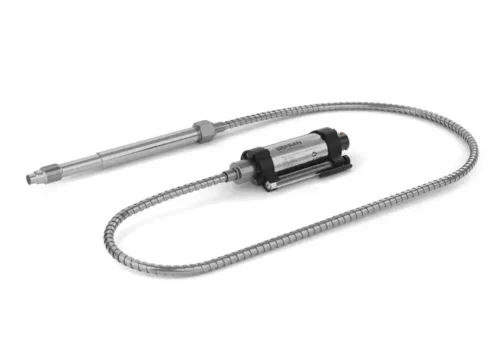Pressure Sensors
Showing all 2 results
-

Gefran K Series Melt Pressure Sensor (NaK/Mercury-Free)
Starting at: $1,100.00Call 800-321-8007 or fill out our online form today to order this product or to speak with a Hi-Watt application specialist.
Call for AvailabilityRead more -

Gefran M Series Melt Pressure Sensor (Mercury)
Starting at: $1,100.00Call 800-321-8007 or fill out our online form today to order this product or to speak with a Hi-Watt application specialist.
Call for AvailabilityRead more


